33 Unforgettable Car Legends Of The ’90s
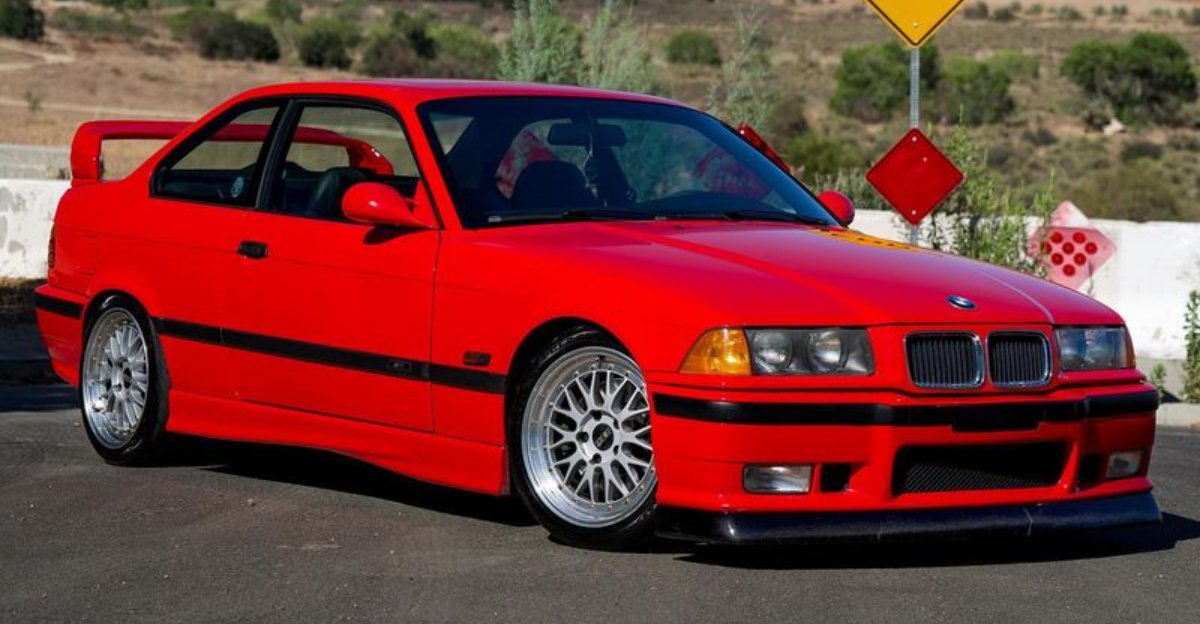
The ’90s were a wild time for cars – when posters of Supras and NSXs ruled bedroom walls and every video game garage had a Skyline or two.
I remember my cousin pulling up in a bright red ’93 RX-7, the rotary engine whining like it had a grudge against silence.
Neighbors peeked out their windows, dogs barked, and I just stood there, wide-eyed, thinking no car had ever looked cooler.
That decade gave us some of the boldest, weirdest, and most unforgettable machines to ever roll off a production line.
1. Toyota Supra Mk4
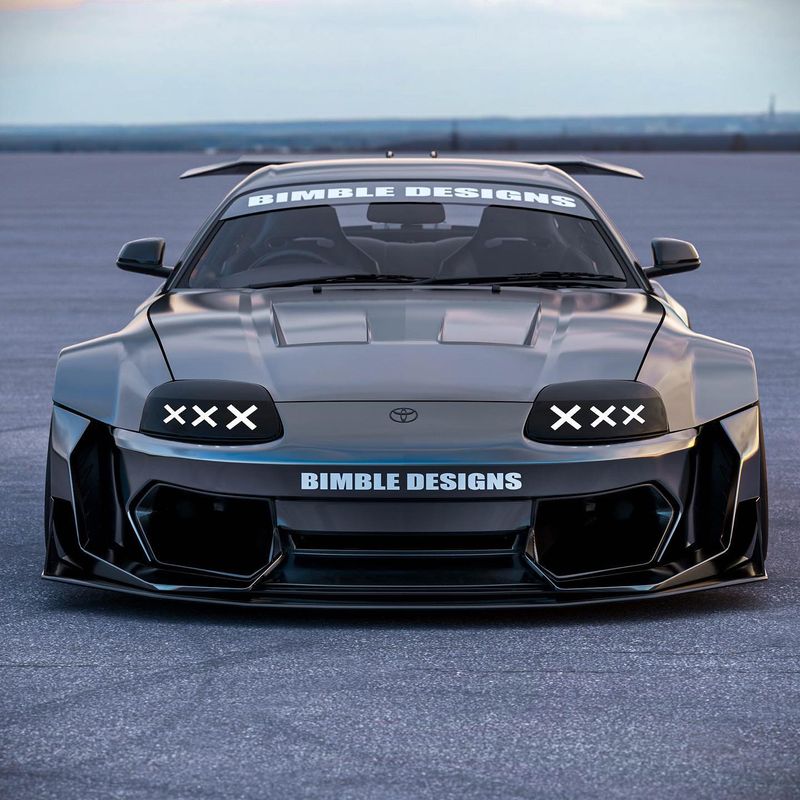
Nothing screams ’90s performance quite like the fourth-generation Supra.
Launched in 1993, this Japanese icon packed the legendary 2JZ engine – an overengineered masterpiece capable of handling monstrous power with minimal modifications.
The twin-turbo variant could rocket to 60 mph in just 4.6 seconds.
Before Fast and Furious catapulted it to Hollywood fame, the Supra was already building a reputation as the affordable supercar destroyer that could hang with Ferraris for a fraction of the price.
2. Nissan Skyline GT-R R34
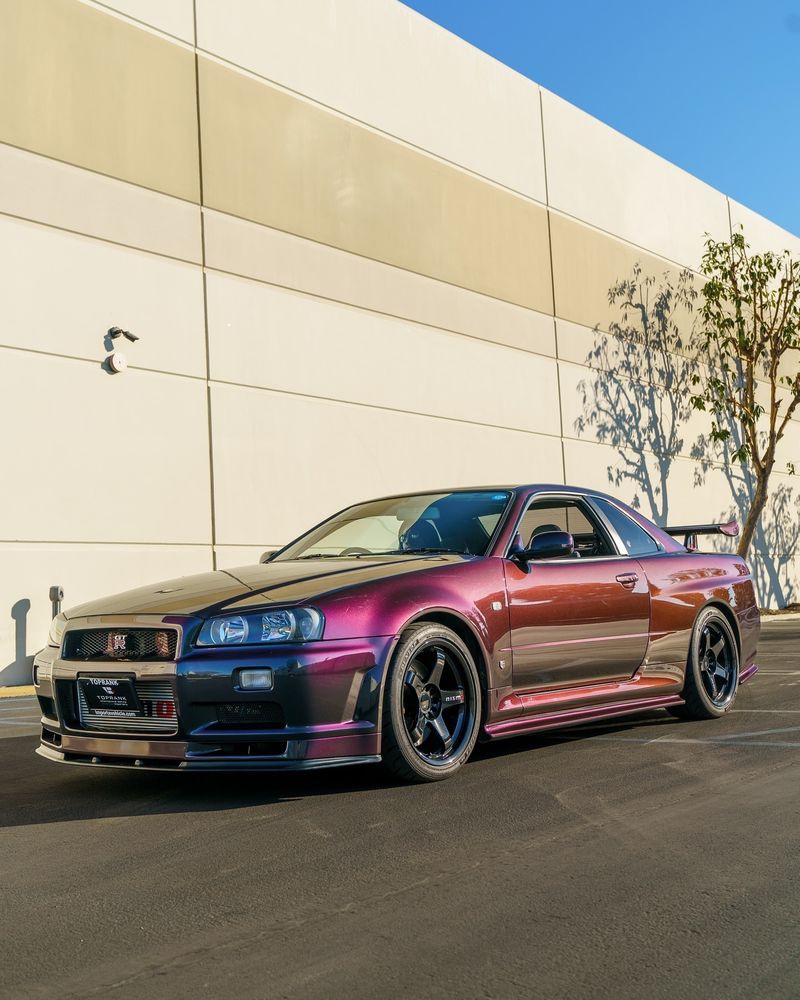
Forbidden fruit for American enthusiasts until recently, the R34 GT-R achieved mythical status through Gran Turismo games and illegal imports.
Its advanced all-wheel-drive system and twin-turbo inline-six made it a technological marvel that dominated motorsports. Those iconic circular taillights became instantly recognizable worldwide.
The car’s multifunction display screen seemed like science fiction in 1999, showing real-time performance data that would make modern car enthusiasts drool even today.
3. Acura NSX
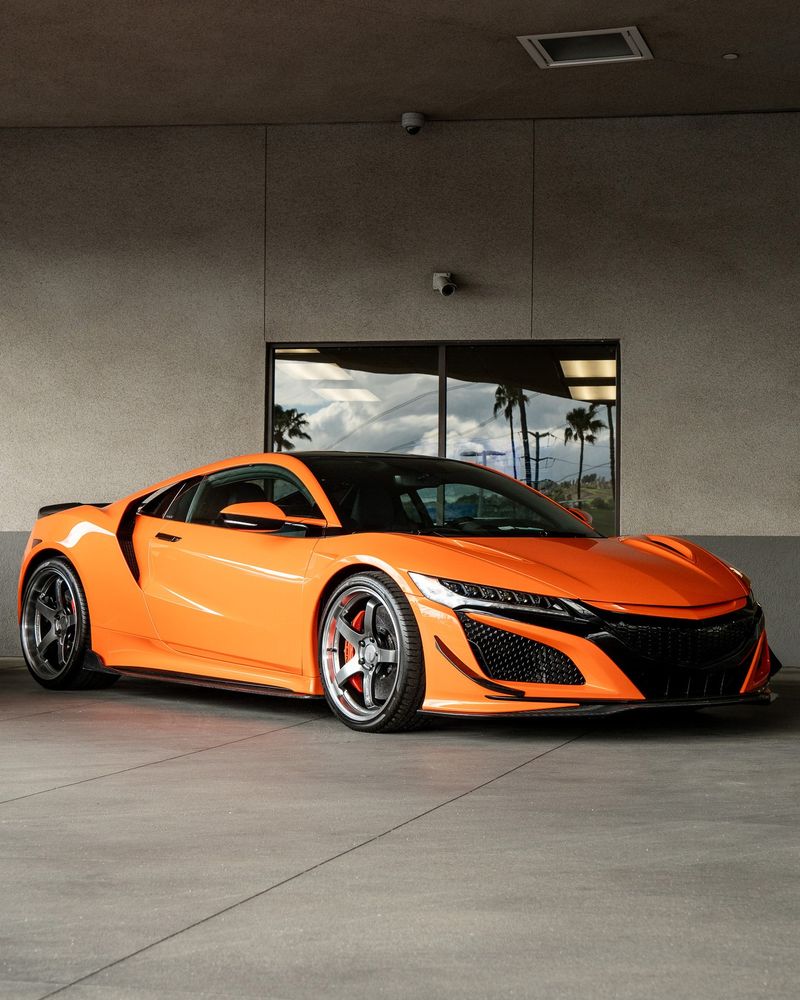
Ayrton Senna helped develop this aluminum wonder, bringing Formula 1 expertise to a car you could drive daily.
Honda shocked the world by creating a reliable, comfortable supercar that made Ferrari engineers nervously return to their drawing boards.
Mid-mounted V6 engines never sounded so sweet. The NSX’s perfect balance and approachable limits meant average drivers could extract phenomenal performance without fear.
Its pop-up headlights and low-slung profile embodied everything cool about ’90s car design.
4. Mazda RX-7 FD
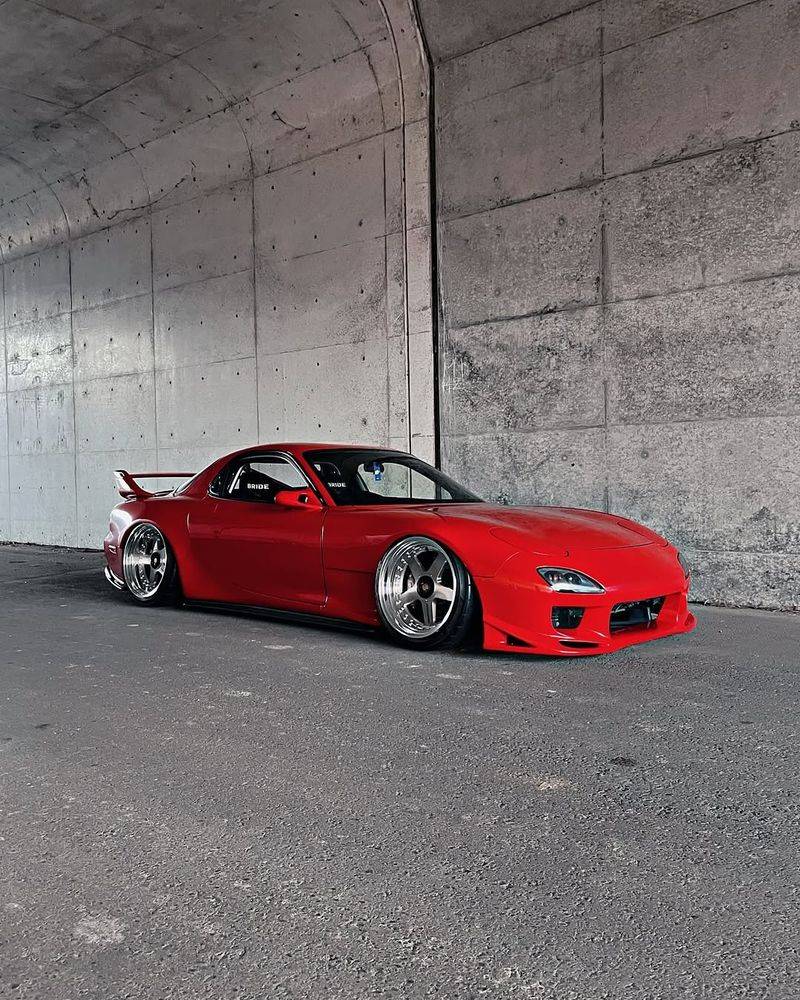
Sculptural curves wrapped around a unique powerplant – the FD RX-7 remains one of history’s most beautiful sports cars.
Its sequential twin-turbo rotary engine produced smooth power that screamed to 8,000 RPM while sounding like nothing else on the road. Weight distribution approached perfect 50:50 balance.
Despite notorious maintenance requirements and fuel consumption that would make environmentalists weep, the RX-7 built a rabid following.
Today, clean examples command prices that make original owners who sold theirs shed tears of regret.
5. Mitsubishi Lancer Evolution VI
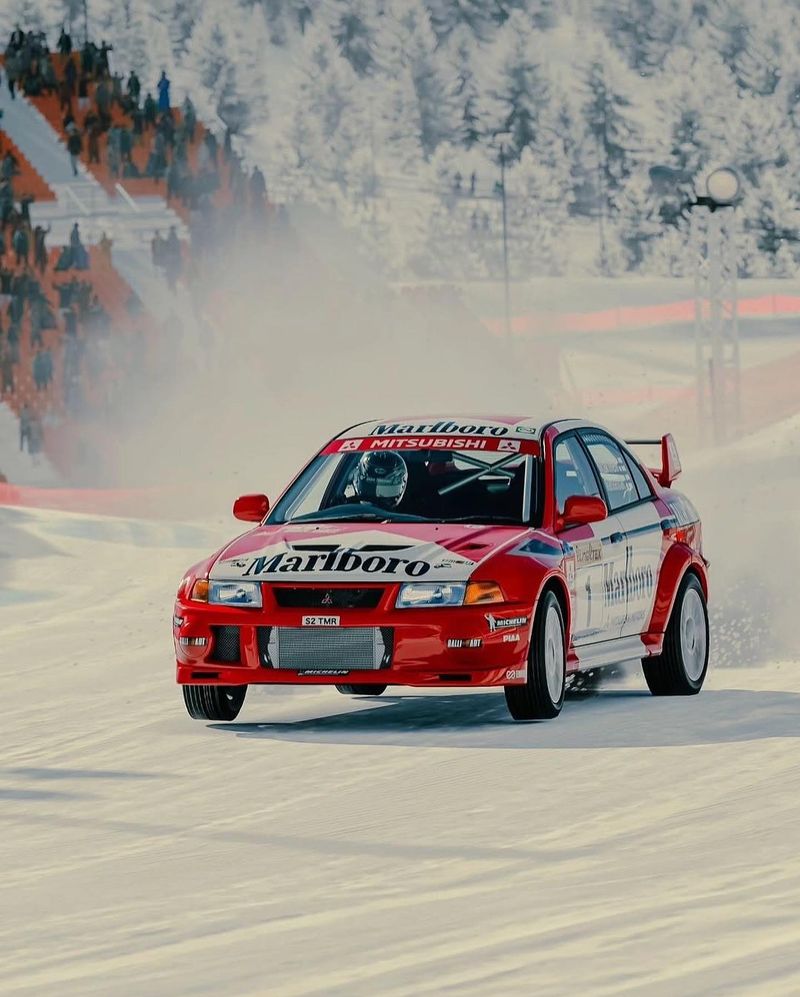
Rally champion Tommi Mäkinen’s signature edition turned this humble Lancer into a gravel-destroying legend.
The Evo VI combined a turbocharged four-cylinder with sophisticated all-wheel drive that could make average drivers feel like WRC heroes.
Those massive rear wings weren’t just for show. Active yaw control technology transferred power between wheels for supernatural cornering abilities.
While practical enough for grocery runs, the Evolution’s true purpose revealed itself on twisty back roads where few cars could keep pace.
6. Subaru Impreza WRX STI
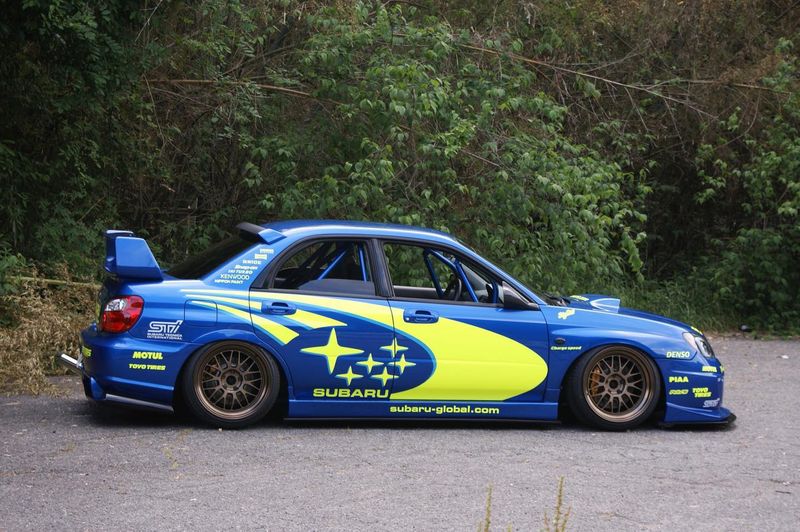
Boxer engine rumble, gold wheels, and that unmistakable blue paint – the STI became synonymous with Colin McRae’s incredible rally exploits.
Subaru’s signature all-wheel-drive system turned ordinary roads into personal rally stages for anyone brave enough to press the accelerator.
Hood scoops and flared fenders signaled serious performance intent. The car’s distinctive exhaust note announced its arrival long before you could see it.
Despite humble economy car origins, the STI transformed Subaru from quirky oddball manufacturer to performance powerhouse almost overnight.
7. BMW E36 M3
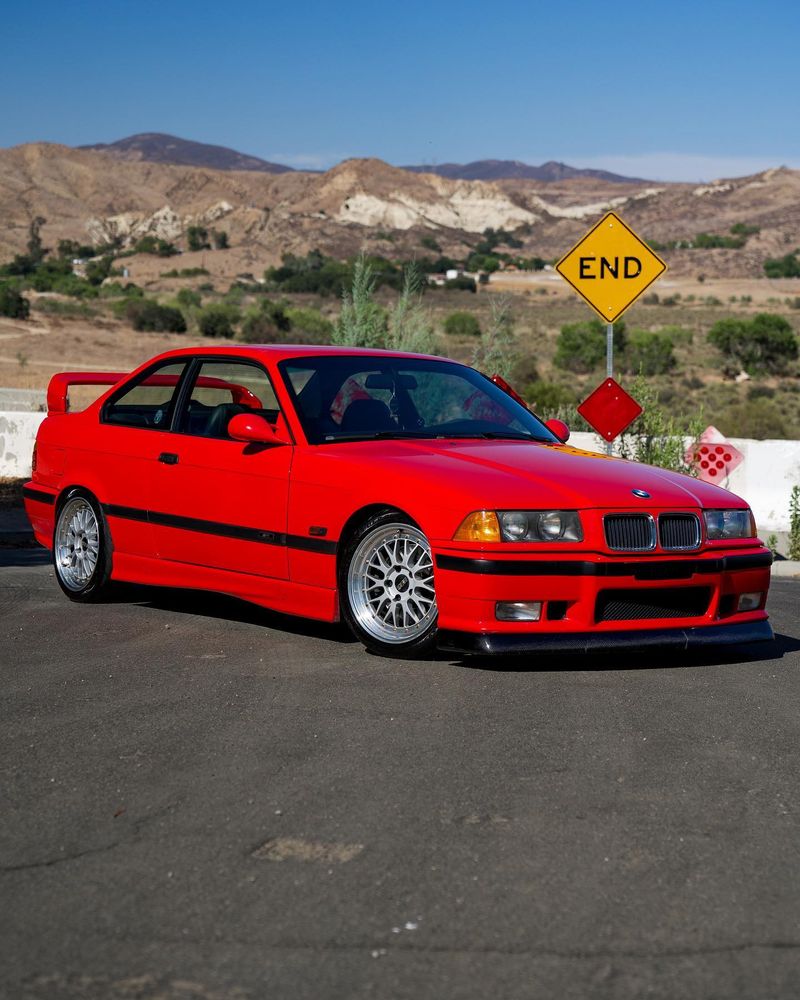
Subtle aggression defined the E36 M3, which avoided the boy-racer looks while delivering pure driving nirvana.
BMW’s inline-six sang a mechanical symphony all the way to redline, making drivers find excuses to take the long way home.
Perfect weight distribution and communicative steering set the standard for sports sedans.
While American versions received slightly detuned engines compared to European counterparts, they still delivered the handling prowess that made M cars legendary.
The E36 represented the sweet spot before BMW M cars gained weight and complexity.
8. Ferrari F50
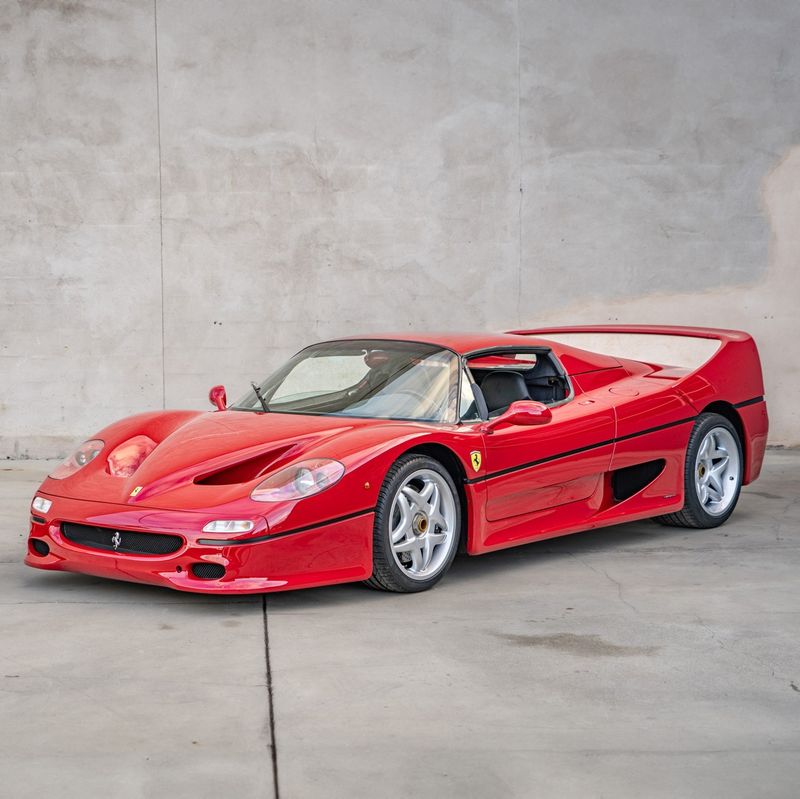
Carbon fiber construction and a shrieking V12 derived directly from Ferrari’s F1 program made the F50 the ultimate expression of analog supercar engineering.
Only 349 examples left the factory, ensuring exclusivity that matched its jaw-dropping performance.
Removing the roof created a driving experience like no other. The engine bolted directly to the chassis transmitted every vibration to the driver’s spine.
Without power steering or other driving aids, the F50 demanded respect and skill, rewarding brave pilots with one of motoring’s most visceral experiences.
9. Lamborghini Diablo
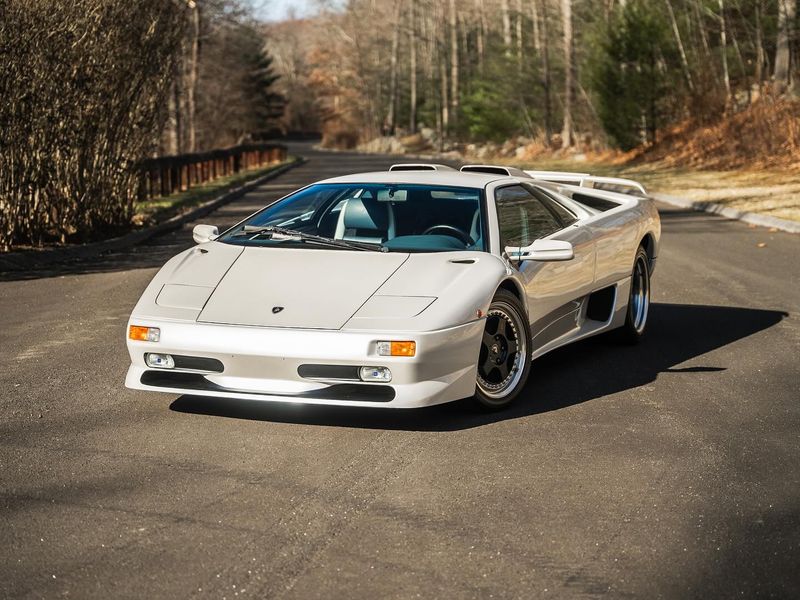
Outrageous doesn’t begin to describe the Diablo’s scissor doors and fighter jet styling.
Named after a fearsome Spanish fighting bull, this V12 monster could hit 202 mph – an almost unthinkable speed for the early ’90s.
Cramped, hot, and challenging to drive, the Diablo demanded total concentration. Visibility resembled looking through a mail slot. Yet these drawbacks only added to its mystique and desirability.
The VT variant added all-wheel drive, making this wild bull slightly more manageable in adverse conditions.
10. Porsche 911 (993)
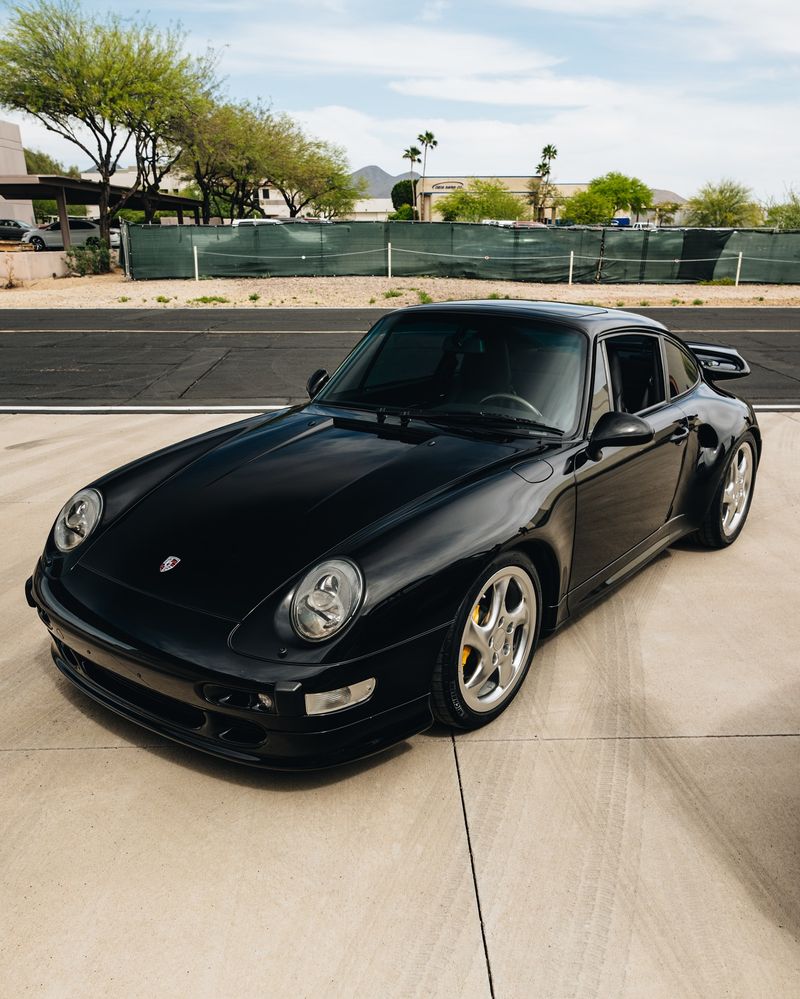
Marking the end of an era, the 993 represented the final evolution of the air-cooled 911 before water-cooling took over.
Purists consider it the perfect blend of classic 911 character with modern usability and reliability.
Widened fenders and smoothed lines created a timeless silhouette.
The naturally-aspirated flat-six produced a soundtrack that modern turbocharged engines can’t replicate.
Prices have skyrocketed as collectors recognize the 993’s significance in Porsche’s storied history – the last of a breed that began in 1963.
11. McLaren F1
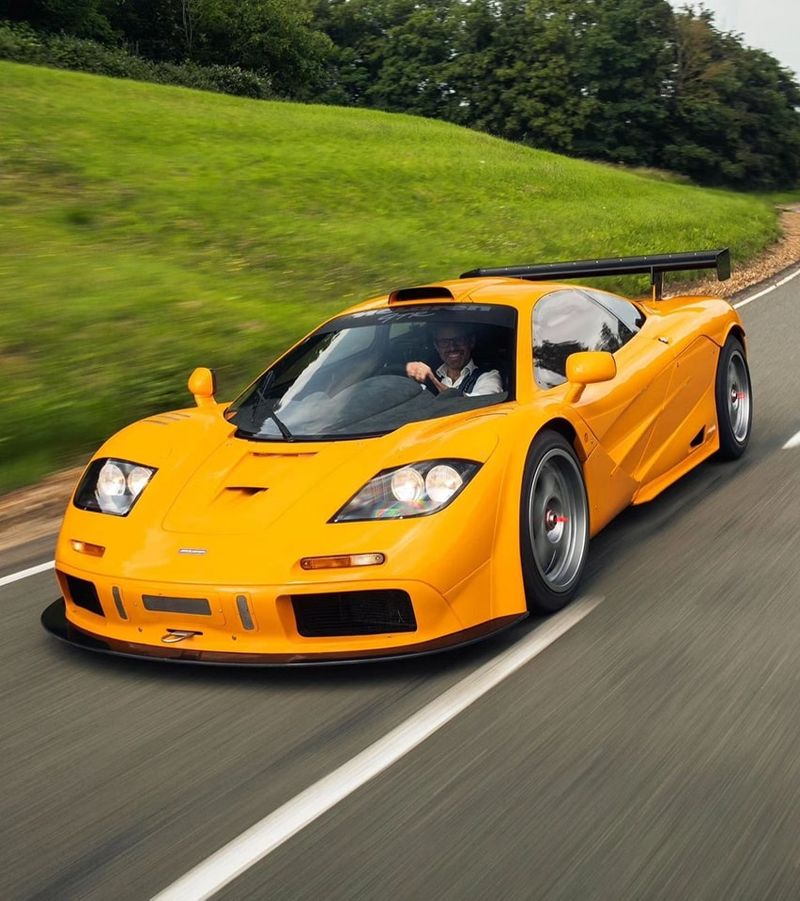
Gordon Murray’s masterpiece redefined what a road car could be, with a central driving position flanked by two passenger seats.
Its naturally-aspirated BMW V12 propelled it to 240 mph – a production car record that stood for years.
Gold foil lined the engine bay to reflect heat.
Carbon fiber construction, dihedral doors, and obsessive weight reduction created the purest driving experience imaginable.
Limited to just 106 examples, the F1 represents automotive engineering taken to its logical extreme, with values now exceeding $20 million.
12. Dodge Viper RT/10
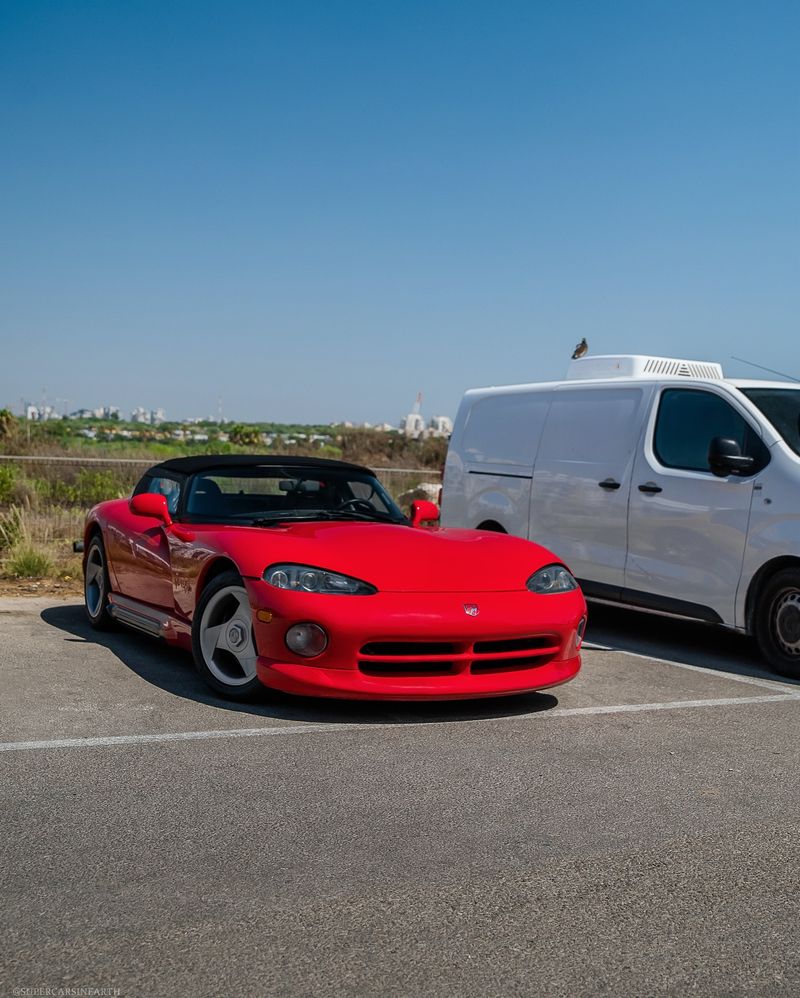
Raw, unfiltered horsepower wrapped in a cartoonishly muscular body – the Viper arrived with no driver aids, not even ABS brakes.
Its side-exit exhaust pipes could literally burn passengers’ legs when exiting the vehicle.
The massive 8.0-liter V10 engine produced torque that could liquefy the rear tires at will. No roof, no exterior door handles, and no pretensions of civility made this the automotive equivalent of wrestling an alligator.
The Viper represented American excess in its purest form – unapologetically brutal and endearingly charismatic.
13. Chevrolet Corvette ZR-1 (C4)
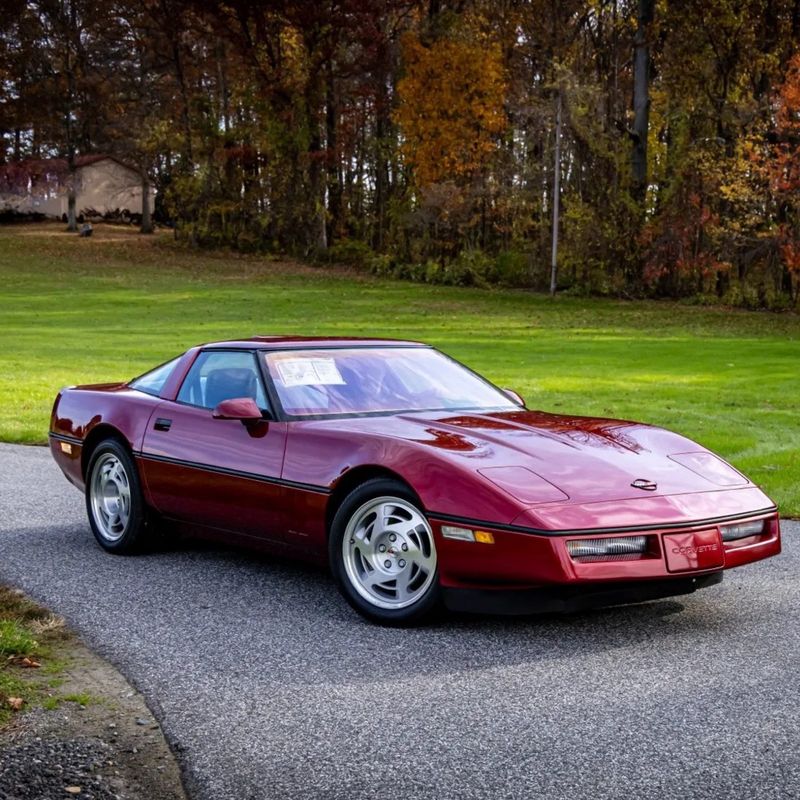
Chevy’s secret weapon packed a Lotus-designed LT5 engine with 32 valves and 375 horsepower – astronomical figures for 1990.
Wider rear bodywork covered massive tires needed to handle the power, creating a distinctive silhouette that Corvette enthusiasts instantly recognize.
A secondary intake system activated at higher RPMs with a satisfying roar. Despite the sophisticated powerplant, the ZR-1 maintained Corvette’s accessible pricing compared to European exotics.
GM engineers proved American engineering could compete with the world’s best while maintaining the Corvette’s blue-collar hero status.
14. Ford Mustang SVT Cobra
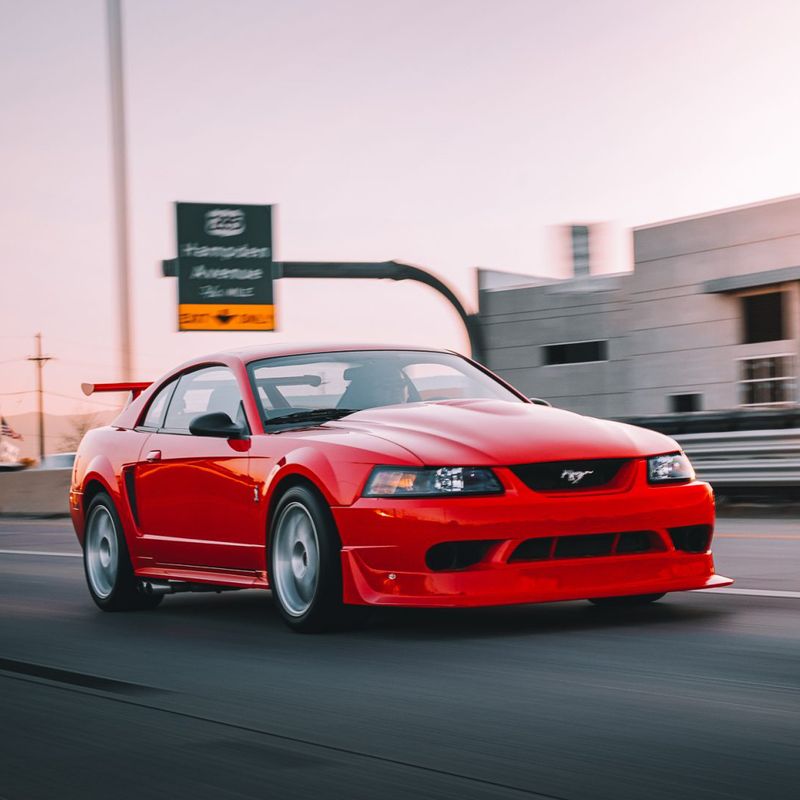
Ford’s Special Vehicle Team created this high-performance pony car to recapture Mustang’s performance heritage.
The Cobra featured a 5.0-liter V8 with GT40 heads and a more aggressive camshaft that produced a distinctive lopey idle.
Special badging and subtle body modifications signaled this wasn’t an ordinary Mustang. Four-wheel disc brakes improved stopping power dramatically over standard models.
The 1993 Cobra R version became an instant collector’s item, with just 107 examples built as stripped-down racers for serious enthusiasts.
15. Honda Civic Type R (EK9)
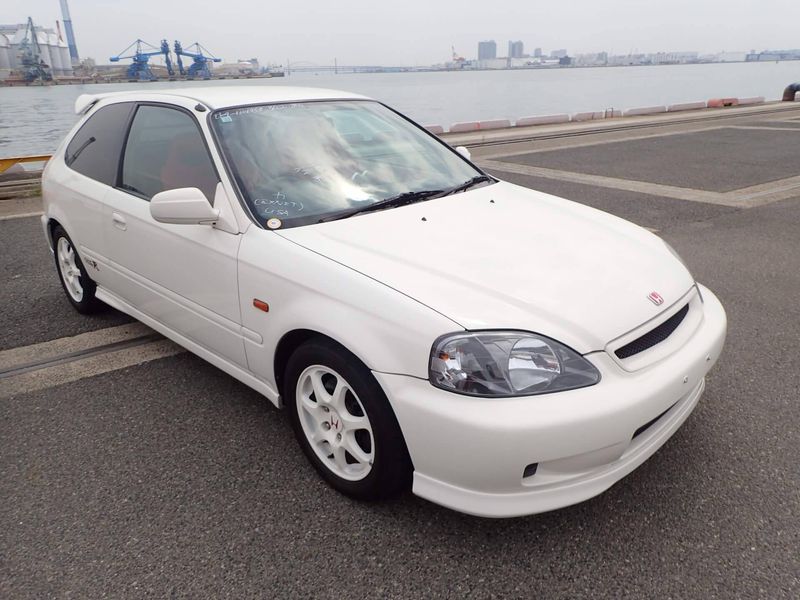
Championship White paint covered this track-focused pocket rocket that introduced the red Type R badge to Honda’s lineup.
The hand-built VTEC engine revved to 8,400 RPM and produced an astonishing 185 horsepower from just 1.6 liters – without turbocharging.
Seam-welded chassis, limited-slip differential, and weight reduction created the perfect backroad weapon. Red Recaro seats and titanium shift knob greeted drivers inside.
Though never officially sold in America, the EK9’s reputation spread globally through magazines, video games, and grey-market imports.
16. Volkswagen Golf GTI Mk3
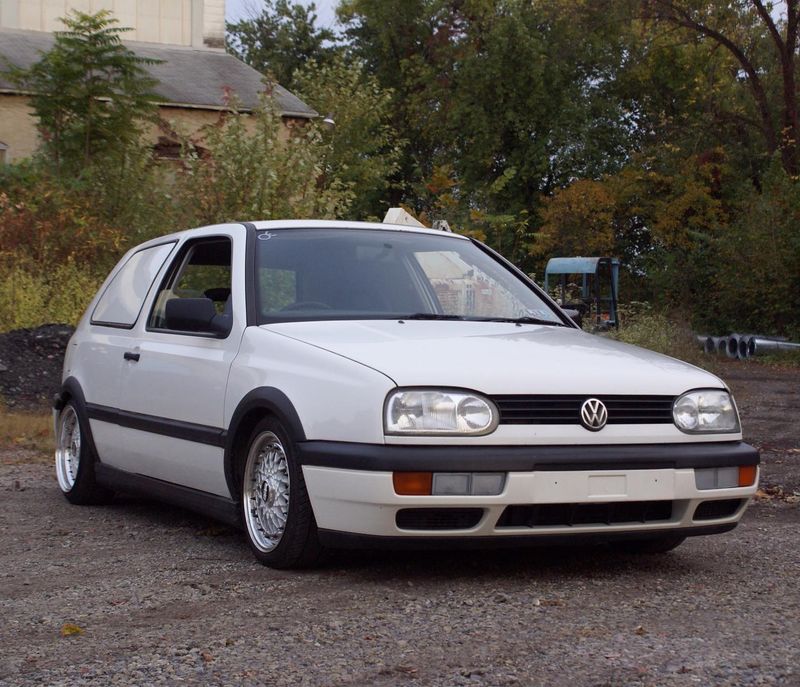
Practical performance defined the third-generation GTI, which continued the hot hatch tradition while adding ’90s refinement.
The VR6 engine option brought smooth six-cylinder power to the compact segment, creating a sleeper that could surprise much more expensive machinery.
Red outline around the grille and subtle badging maintained the understated appearance GTI fans appreciated. Plaid seats became a beloved tradition.
While some enthusiasts prefer earlier or later GTI generations, the Mk3 represented the model maturing without losing its essential character.
17. Audi RS2 Avant

Porsche lent its engineering expertise to create this unlikely performance hero – a station wagon that could outaccelerate contemporary Ferraris from 0-30 mph.
Porsche-designed brakes, wheels, and suspension transformed the humble Audi 80 into something extraordinary.
Nogaro blue paint became synonymous with this limited-production model. The turbocharged five-cylinder engine produced a distinctive warbling soundtrack that still turns heads today.
As Audi’s first RS model, this practical rocket established the blueprint for all subsequent high-performance Audis.
18. Peugeot 106 Rallye
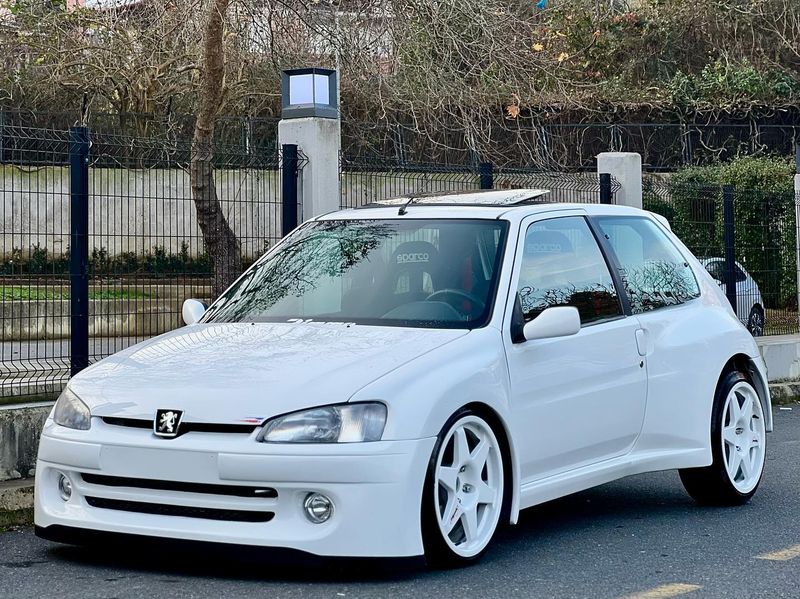
Stripped of unnecessary weight and equipped with a rev-happy 1.3-liter engine, the 106 Rallye embodied the “less is more” philosophy.
White steel wheels, minimal sound deadening, and no power steering created a pure driving experience increasingly rare even in the ’90s.
The tiny French hatchback weighed just 1,830 pounds. Its naturally-aspirated engine demanded high revs to extract maximum performance, rewarding skilled drivers.
While never achieving mainstream fame outside Europe, the 106 Rallye developed cult status among driving enthusiasts who valued connection over raw numbers.
19. Renault Clio Williams
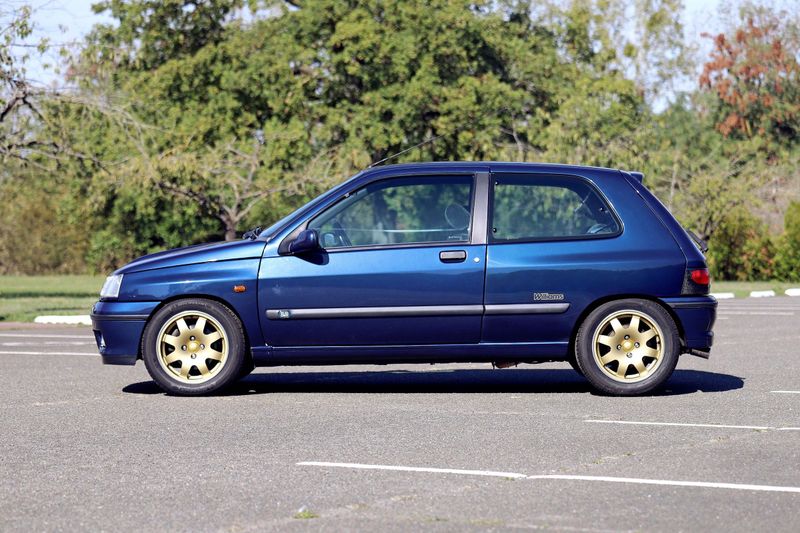
Named after the dominant Williams F1 team Renault powered to championship glory, this special Clio packed serious performance credentials.
The signature metallic blue paint with gold wheels instantly signaled this wasn’t an ordinary economy car.
Widened fenders housed a wider track for improved handling.
The 2.0-liter naturally-aspirated engine produced 150 horsepower – a significant figure for such a lightweight car.
Originally planned as a limited 500-unit homologation special, demand forced Renault to build over 12,000 examples while maintaining the numbered plaque on each dashboard.
20. Alfa Romeo 155 Q4

Alfa Romeo borrowed the Lancia Delta Integrale’s all-wheel-drive system to create this understated performance sedan.
The turbocharged four-cylinder engine delivered power with characteristic Italian flair and a soundtrack to match.
Subtle badging and wider wheel arches distinguished it from standard models. The Q4 dominated touring car racing across Europe despite its boxy sedan appearance.
Limited production numbers and notorious Italian electronics issues make surviving examples increasingly rare and sought after by Alfisti worldwide.
21. Toyota MR2 SW20

Mid-engine layout, pop-up headlights, and styling reminiscent of much more expensive exotics earned the second-generation MR2 its Ferrari-inspired nickname.
The turbocharged variant delivered genuine performance to match its supercar looks.
Snap oversteer earned early models a reputation for being challenging to drive at the limit. Toyota engineers refined the suspension in later years.
Despite the exotic configuration, typical Toyota reliability meant owners could enjoy the thrilling driving experience without Ferrari-like maintenance bills.
22. Nissan 300ZX Z32
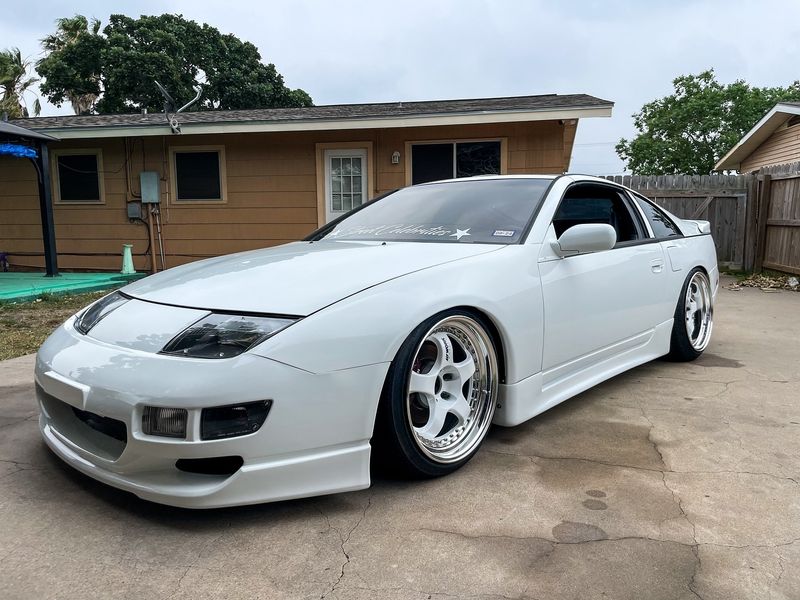
Computer-designed curves and cutting-edge technology made the Z32 300ZX a technological tour de force.
The twin-turbo model packed 300 horsepower and four-wheel steering, delivering performance that could embarrass much more expensive European competitors.
T-tops provided open-air motoring without sacrificing structural rigidity. Complex engineering made these cars challenging to work on – the engine bay was notoriously cramped.
The HICAS four-wheel steering system provided agility that belied the car’s substantial weight, especially in tight corners.
23. Honda Prelude VTEC
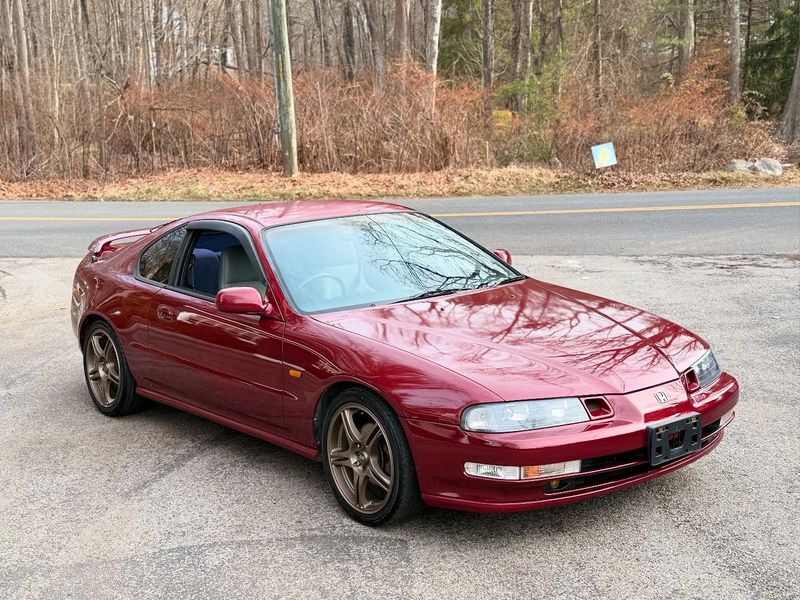
Revolutionary VTEC technology transformed this sleek coupe from mild-mannered commuter to screaming performance machine at the push of an electronic throttle.
The distinctive mechanical transformation at around 5,800 RPM became addictive to drivers.
Available four-wheel steering made parking effortless while enhancing high-speed stability. The minimalist dashboard featured fiber-optic gauges that seemed futuristic for the era.
While overshadowed by Honda’s other performance offerings, the Prelude VTEC represented one of the most technologically advanced sports coupes of its time.
24. Lancia Delta HF Integrale
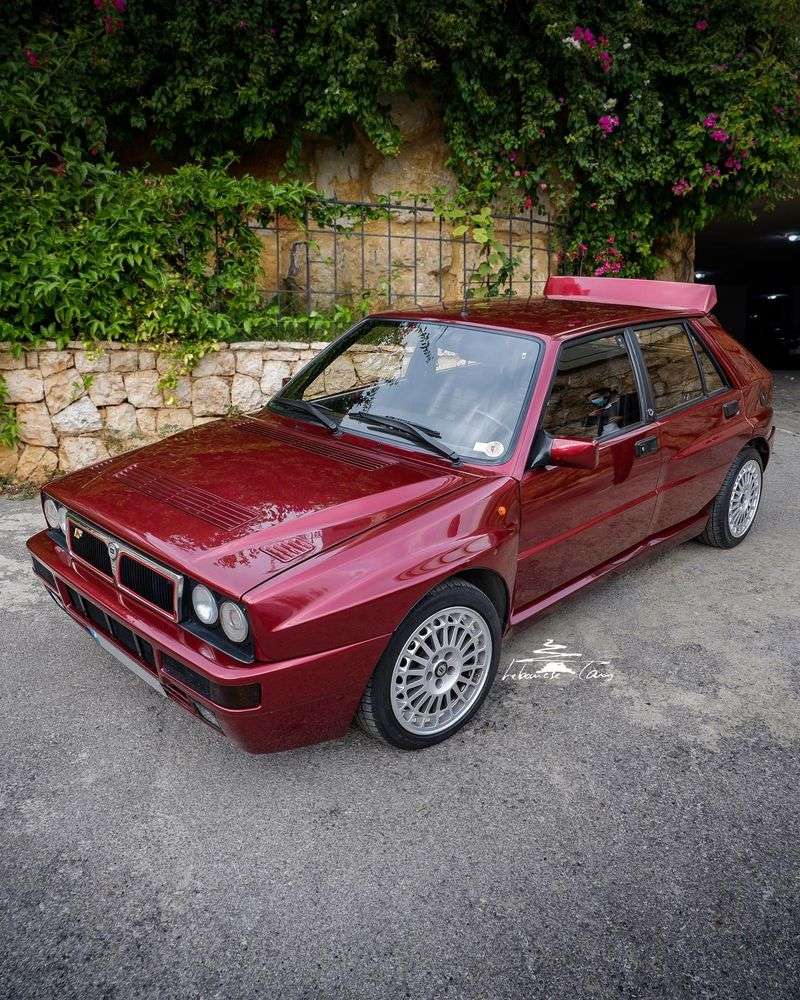
Six consecutive World Rally Championships cemented this boxy Italian hatchback’s legendary status.
Massive box flares housed the widened track needed for rally stages, while the turbocharged engine delivered power to all four wheels through a sophisticated all-wheel-drive system.
The Evoluzione models featured an adjustable rear wing and wider fenders. Yellow HF badges signaled the performance pedigree to those in the know.
Despite humble Fiat-based origins, the Integrale remains one of the most successful rally cars ever built, with road versions now commanding six-figure prices.
25. Lotus Esprit V8
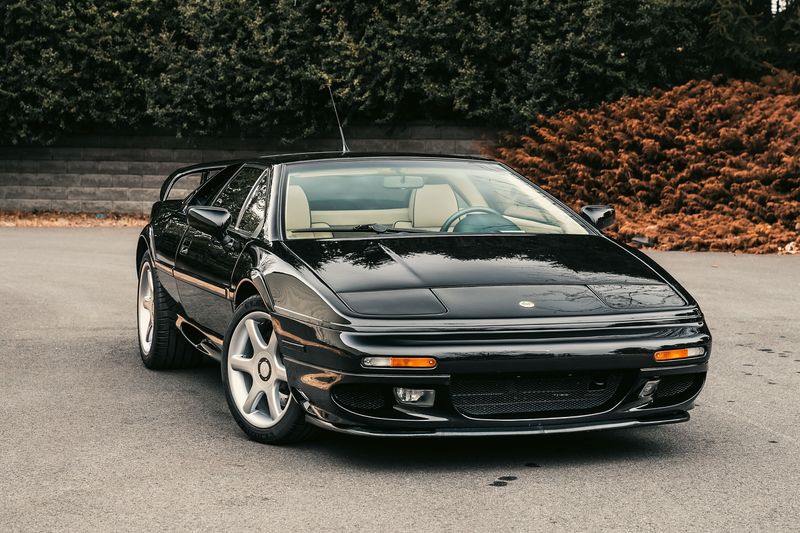
Famous for its submarine transformation in “The Spy Who Loved Me,” the Esprit finally received the power it deserved with a twin-turbocharged V8 engine.
Distinctive wedge-shaped styling remained instantly recognizable despite continuous evolution throughout the decade.
Fiberglass construction kept weight manageable despite the heavier engine. Hand-built in small numbers at Lotus’s Hethel factory, the Esprit V8 combined exotic looks with genuine supercar performance.
The flat-plane crank V8 produced a distinctive exhaust note unlike typical American V8s.
26. Mercedes-Benz 500E
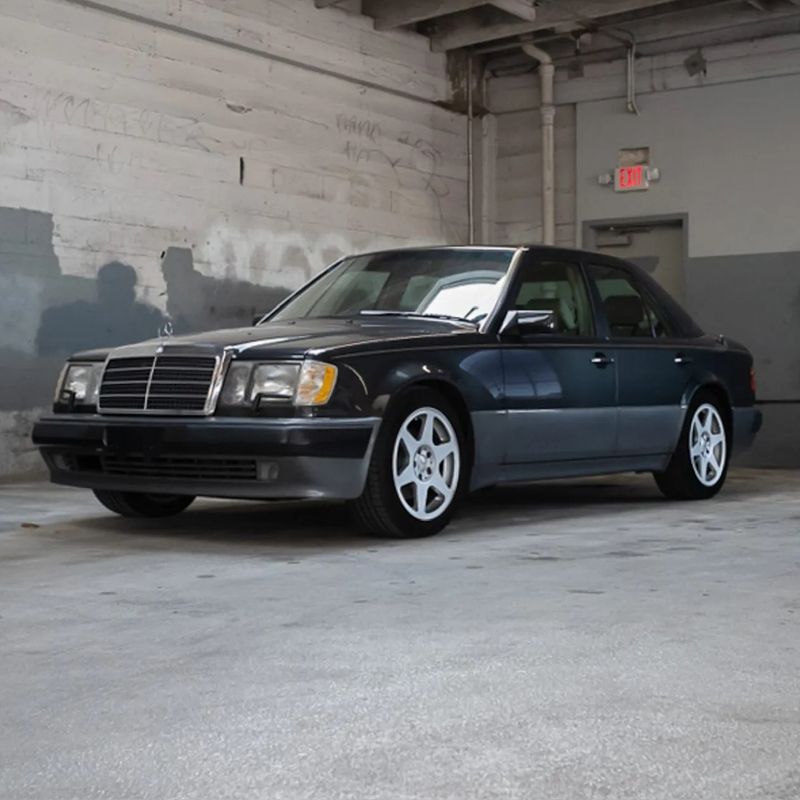
Hand-built by Porsche for Mercedes-Benz, this subtle super-sedan hid a 5.0-liter V8 under its conservative exterior.
Each car shuttled between Mercedes and Porsche factories during an 18-day assembly process that demonstrated German engineering at its finest.
Wider fenders and a slightly lowered stance provided subtle visual cues to its performance potential. The interior featured supportive sport seats while maintaining Mercedes luxury.
Limited production numbers and the unique Porsche connection have made the 500E one of the most collectible Mercedes models from the era.
27. Jaguar XJ220
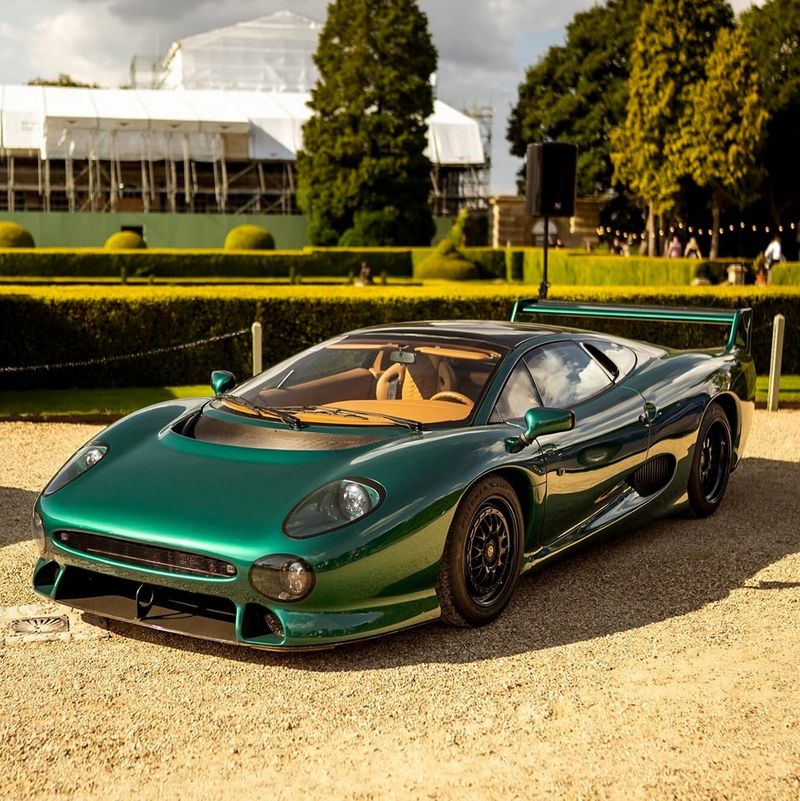
Beginning life as a V12-powered concept with all-wheel drive, production constraints forced Jaguar to substitute a twin-turbo V6 and rear-wheel drive.
Despite the changes, the XJ220 briefly held the production car speed record at 213 mph.
Massive proportions made it wider than many modern SUVs. The aluminum body stretched nearly 16 feet long yet stood just 45 inches tall.
Only 282 examples were built, many remaining unsold for years due to a global recession and the controversial engine change from the original concept.
28. Bugatti EB110

Italian entrepreneur Romano Artioli revived the dormant Bugatti name with this quad-turbo monster featuring a 3.5-liter V12 engine.
Carbon fiber construction, all-wheel drive, and 553 horsepower made it one of the most advanced cars of its era.
Sixty valves and twelve individual throttle bodies created mechanical complexity that bordered on artwork. The distinctive circular side windows became a signature design element.
Though the company would soon face bankruptcy, the EB110 laid groundwork for Volkswagen’s later resurrection of the brand with the Veyron.
29. Toyota Celica GT-Four ST205

Built specifically to homologate Toyota’s rally car, the ST205 GT-Four packed a turbocharged engine and sophisticated all-wheel-drive system into a relatively unassuming package.
The massive hood scoop fed air to an intercooler, while the adjustable rear wing provided downforce at speed.
Water injection helped control engine temperatures under extreme conditions. The infamous “illegal turbo restrictor” scandal in WRC racing tarnished its competition history.
Despite the controversy, the road-going version provided ordinary drivers with genuine rally car technology and capability.
30. BMW 850CSi
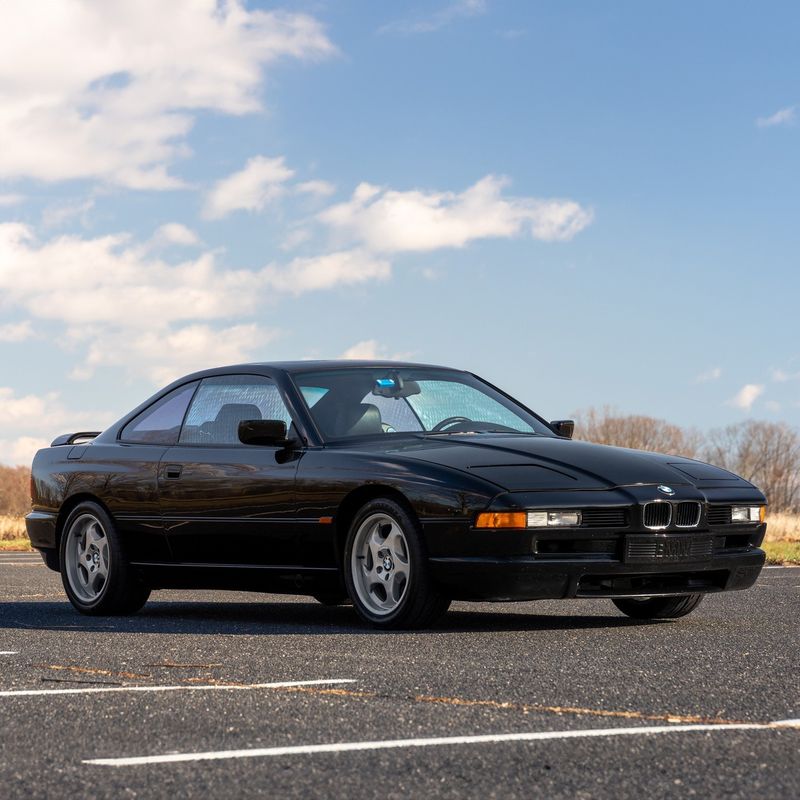
V12 power, pop-up headlights, and pillarless window design made the 850CSi the pinnacle of BMW’s grand touring ambitions.
The M-division-enhanced engine produced 375 horsepower, channeled through a six-speed manual transmission to the rear wheels.
Cutting-edge technology included a multi-link rear suspension and an electronic throttle. The sleek design aged beautifully, looking modern decades after production ended.
Though heavy by sports car standards, the 850CSi excelled at its intended purpose – covering vast distances at high speed in supreme comfort and style.
31. Ford Escort RS Cosworth
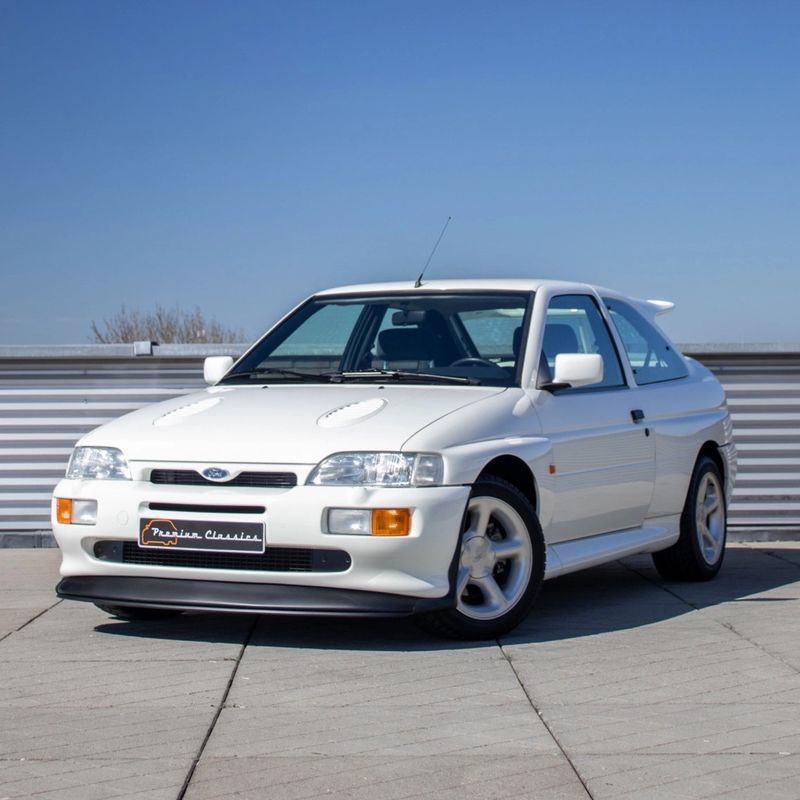
Outrageous aerodynamics dominated by that massive biplane rear wing made the Cosworth instantly recognizable.
The whale-tail spoiler wasn’t just for show – it directed air to the engine’s intercooler while providing significant downforce at speed.
Developed for rally competition, the turbocharged Cosworth YBT engine could be tuned to produce massive power. The sophisticated all-wheel-drive system helped tame that potential.
Despite the wild exterior, the interior remained relatively standard Escort fare, creating a Jekyll and Hyde personality that owners adored.
32. Mazda MX-5 Miata NA
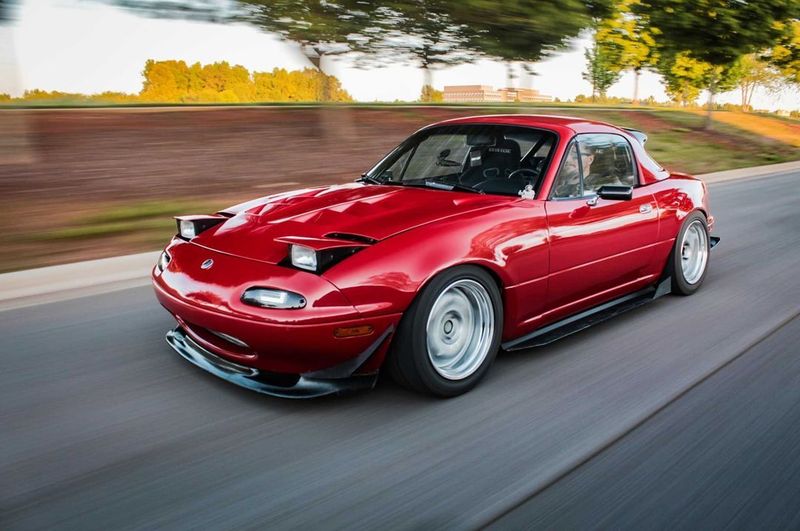
Simplicity defined the original Miata – lightweight, rear-wheel drive, and a manual transmission connected drivers directly to the mechanical experience.
Those iconic pop-up headlights and compact dimensions made it instantly lovable.
The naturally-aspirated four-cylinder wasn’t particularly powerful, but it didn’t need to be. Perfect balance and direct steering feedback created driving joy accessible at legal speeds.
By channeling the spirit of classic British roadsters without their notorious reliability issues, Mazda created an instant classic that revitalized the affordable sports car market.
33. Volvo 850 T-5R
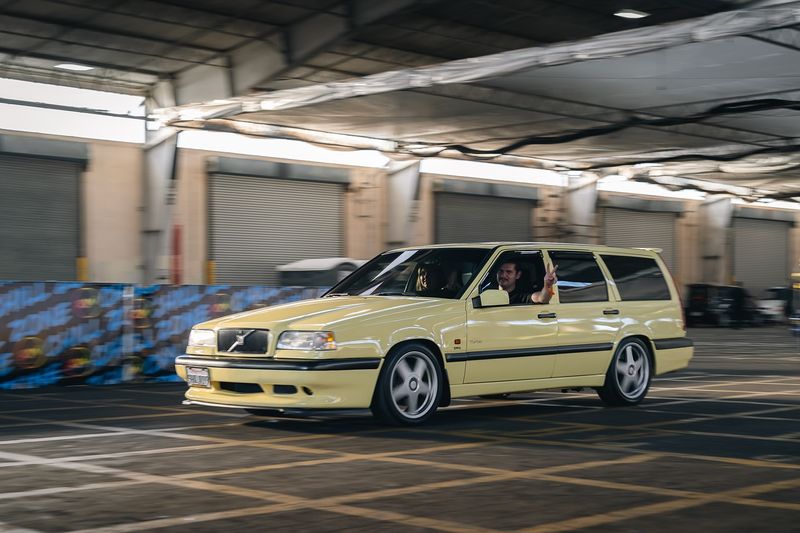
Cream yellow paint announced this wasn’t your typical sensible Volvo.
Developed with Porsche’s assistance, the T-5R packed a turbocharged five-cylinder engine producing 240 horsepower – shocking performance for a boxy wagon in 1995.
Racing a wagon in the British Touring Car Championship proved Volvo’s performance credibility. Subtle spoilers and side skirts complemented the iconic boxy design.
The T-5R forever changed perceptions of Volvo, proving safety-focused Swedish engineering could coexist with genuine performance and a touch of madness.
